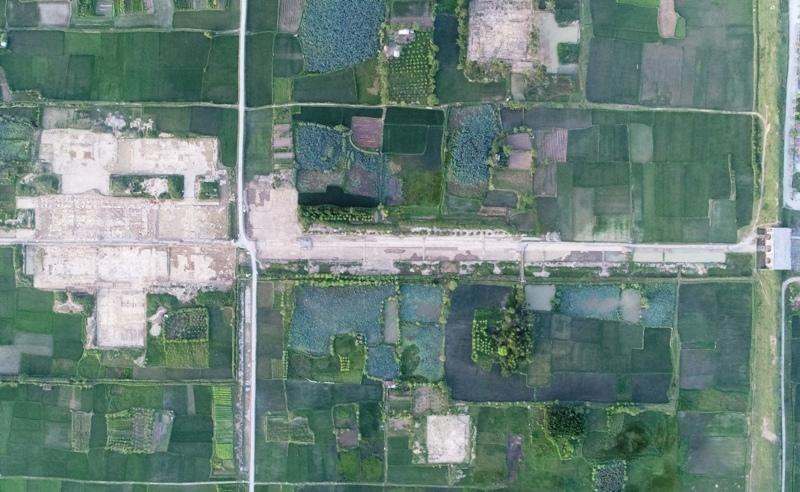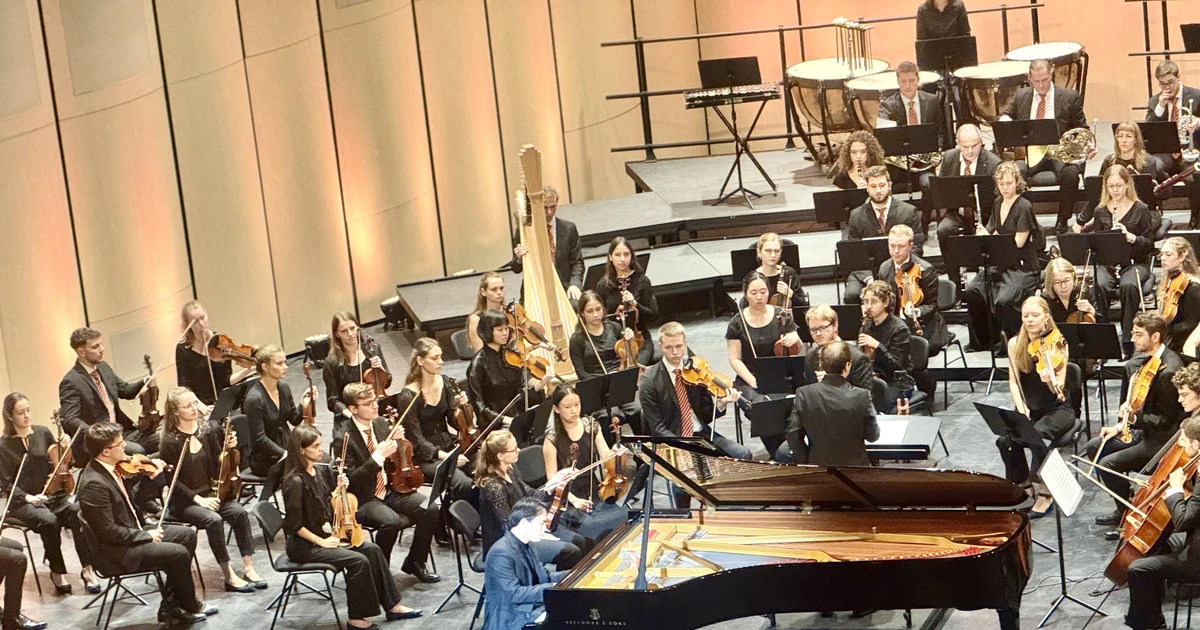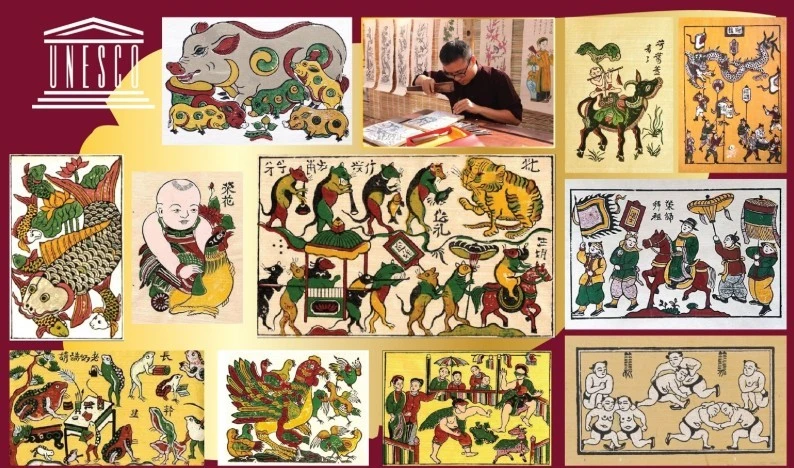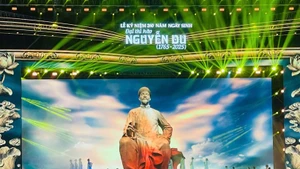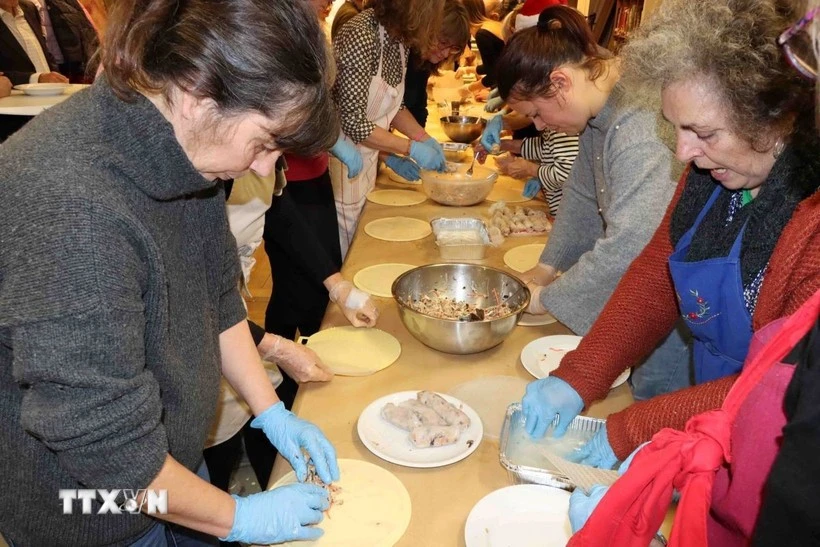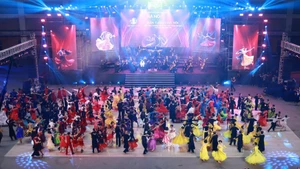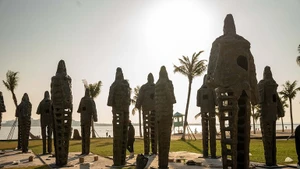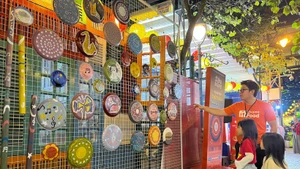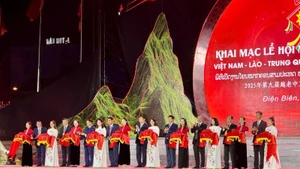The royal road (or Ngu Dao) is located in the middle of the ancient capital of the Eastern countries. In 2008, specialized agencies discovered traces of the road outside the southern gate of the Ho Dynasty Citadel, including three lanes.

Holes excavated in the inner Ho Dynasty Citadel.
The vestiges of the royal road, embanked with green stone and paved with slate, are located in the middle of the southern gate of the Ho Dynasty citadel. The remains are very clear in the north-south direction.
This year's archaeological excavation site is 50m from the southern gate. Archaeologists have focused on excavations of the 14,000-metre square royal road in the inner citadel.
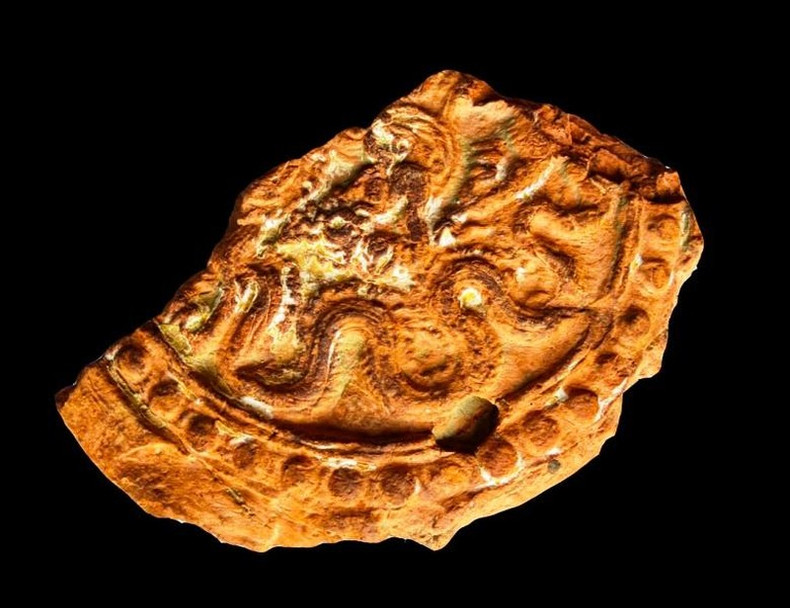
Relics discovered in the inner Ho Dynasty Citadel.
In the excavation pit, experts continued to discover many types of bricks decorated with images of chrysanthemums, lotuses, gerberas, Ly-Tran dynasties, various types of square bricks, rectangular bricks, and decorative bricks with Chinese characters produced in the Ho Dynasty Citadel similar to previous excavations. In addition, there are relics decorated with dragon images, tile pieces with images of double lotus flowers, and quite a few pieces of glazed pottery from the Tran-Ho and Le So dynasties.
The excavation has clarified the current status of the structure and construction materials of the royal road in the inner citadel, contributing to understanding and identifying the overall structure of the Ho Dynasty Capital.

The main palace of the Ho Dynasty Citadel.
In particular, the results of archaeological excavations continue to add scientific and practical arguments to increase the outstanding global values of the World Heritage Site of the Ho Dynasty Citadel.
In the immediate future, it is necessary to develop urgent protection and conservation plans for archaeological relics to best promote the value of the World Heritage Site of the Ho Dynasty Citadel.
